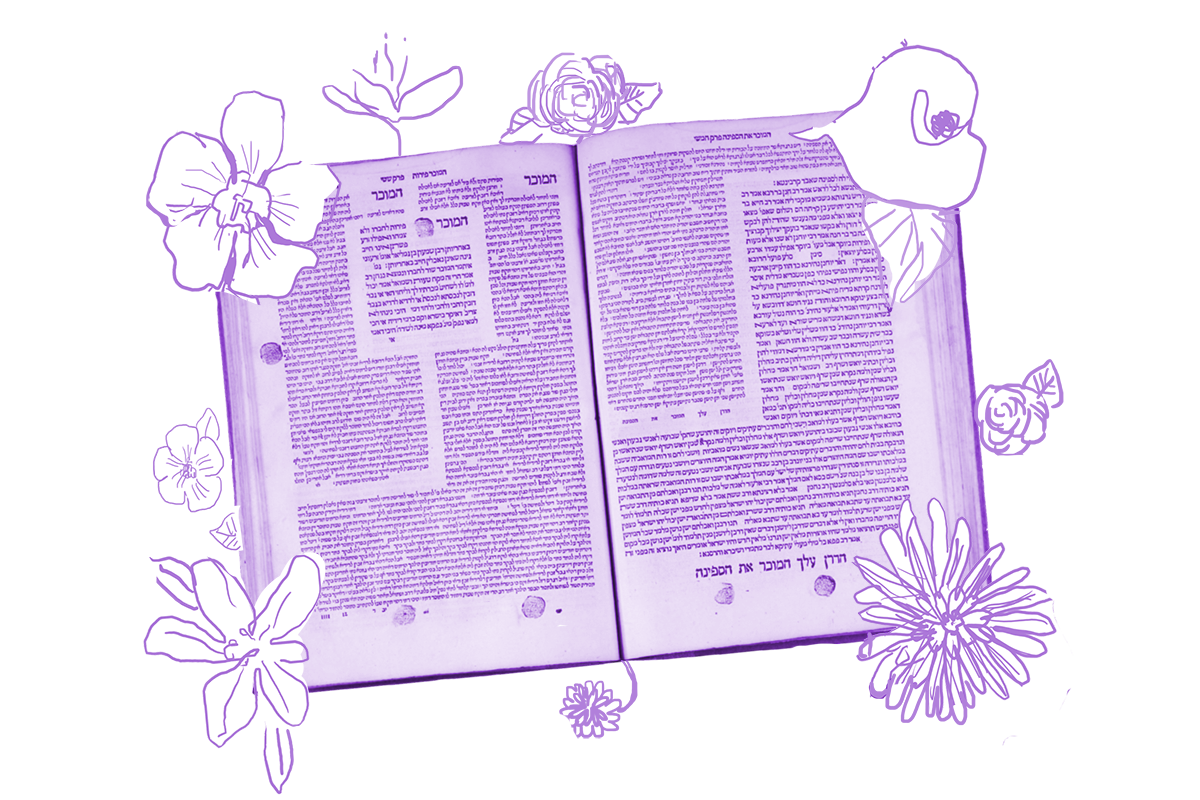Today we ask the hard-hitting question: Did the priests in the Temple wear underwear? Actually, like almost all things in the Talmud, this is a serious question.
The Torah gives detailed instructions about how to make the special clothing meant for the priests. According to Exodus 28, the Israelites must make Aaron, Israel’s first high priest, a breastpiece, an ephod, a robe, a fringed tunic, a headdress and a sash. The Torah also gives detailed instructions about what clothing to make for Aaron’s sons, ordinary priests: tunics, sashes and headdresses. After describing all of these special garments meant for the priestly class, the Torah adds: “You shall also make for them linen breeches to cover their nakedness; they shall extend from the hips to the thighs. They shall be worn by Aaron and his sons when they enter the Tent of Meeting or when they approach the altar to officiate in the sanctuary, so that they do not incur punishment and die.” (Exodus 28:42–43) The linen breeches aren’t grouped with the ritual garments above, but these garments of modesty are a deadly serious matter. The phrasing of the verse even suggests that approaching the altar without them could result in sudden smiting.
But in the next chapter in Exodus, when God instructs Moses to actually dress his brother and nephews in their special priestly clothing, God apparently leaves off the breeches: “take the vestments, and clothe Aaron with the tunic, the robe of the ephod, the ephod, and the breastpiece, and gird him with the decorated band of the ephod. Put the headdress on his head, and place the holy diadem upon the headdress. ֽTake the anointing oil and pour it on his head and anoint him. Then bring his sons forward; clothe them with tunics and wind turbans upon them. And gird both Aaron and his sons with sashes.” (Exodus 29: 5-9) So what about the linen breeches?!
The 19th-century Torah commentator Rabbi Naftali Zvi Yehuda Berlin, also known as the Emek Davar, read this absence as a sign of the lesser holiness of the linen breeches. He suggested that Aaron’s sons put these garments on themselves, without all the ritual fuss, and that they did it outside of the Temple precincts. Where the other garments served to symbolize and elevate the holiness of the priests, these breeches were more mundane, meant simply to preserve the modesty of the priest.
With your help, My Jewish Learning can provide endless opportunities for learning, connection and discovery.
Today’s daf offers a different explanation: Rabbi Yosei ben Hanina reads the biblical letter vav, meaning “and,” in the verse “And this is the matter that you shall do for them to sanctify them for My service” (Exodus 29:1) as hinting at the inclusion of the linen breeches in Moses’ ritual clothing of his brother and nephews. That is, he understands that Moses did clothe the priests in these foundation garments.
Both today’s daf and Rabbi Naftali Zvi Yehuda Berlin agree that the priestly undergarments are important. But the Gemara’s perspective elevates these linen breeches to the same degree of holiness as the other priestly garments. As the Torah’s phrasing suggests, the public modesty of the priests is not incidental to their service but essential.
Read all of Yoma 5 on Sefaria.
This piece originally appeared in a My Jewish Learning Daf Yomi email newsletter sent on April 16th, 2021. If you are interested in receiving the newsletter, sign up here.



